Hyundai’s mission to beat Chinese EVs
A car maker hoping to undercut the cheapest electric cars on sale has been testing its next machine on Australian roads.
HiTech
Don't miss out on the headlines from HiTech. Followed categories will be added to My News.
Most of the cars we drive are immaculately presented as though they’ve just rolled out of the showroom.
Not this one. The pint-sized SUV I’m driving is dripping with sensors and wired to computers, an associated rainbow of cables crammed into its top secret footwell.
The bugs smudged across the windscreen suggest it hasn’t seen a car wash in weeks, possibly months. Dust and dirt have permeated every crevice.
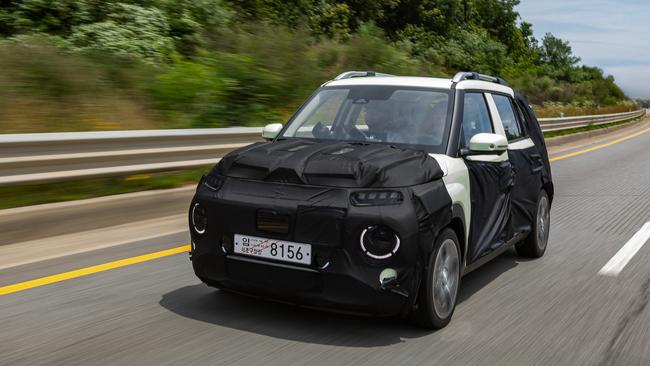
There are covers and tape inside and the exterior is laced with padded camouflage to distract leering cameras from the since-revealed finished product.
Yep, this is no ordinary car.
It’s a hand-built prototype that’s here for hot weather testing, part of an extensive program of development that regularly descends on Australia from Hyundai and sister brand Kia.
Other brands, too, lean on our wide open spaces for development and validation.
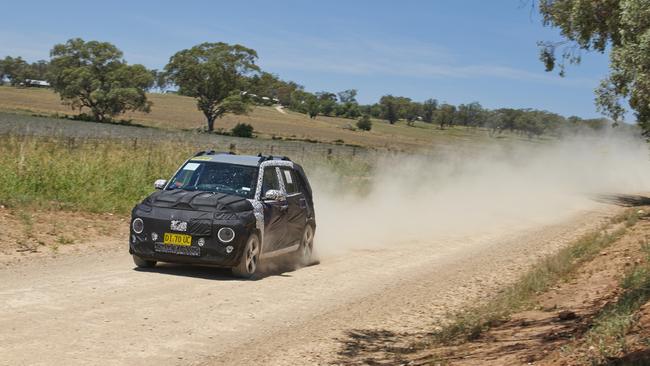
We’ve got plenty of the things engineers love and cars hate: dust, heat, bumps and no shortage of things that sometimes barely pass as roads.
It helps that Australia is within the same time zones of Asia, too, allowing engineers to easily communicate with their home base if – or more likely when – things go wrong.
My brief encounter with a car the manufacturers typically try to shield from the public happened in early 2024.
I’m only now allowed to tell the story as the car inches closer to its on-sale date early in 2025.
The car is called the Hyundai Inster and it’s a compact SUV.
The body is narrow, the stance upright.
While there’s ample headroom, my broader frame feels the closeness of the doors.
It can seat five people, but early impressions are it’ll be happier with two or three on board.
Our test track for the day – if you can call it that – is an airfield in western NSW.
Given the restrictions on hacks like me driving development prototypes on public roads it’s one of the few locations where I can at least sample what is shaping up to be an important EV addition.
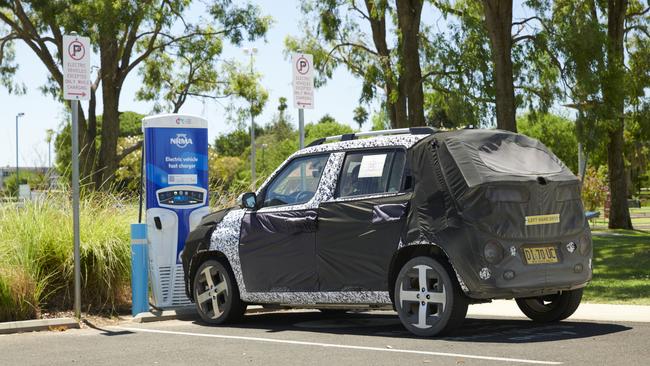
While Hyundai engineers are spending many days on regular roads across a vast array of conditions, my time in the hot seat is brief.
Still, it’s clear the Inster is more about city driving and zipping around than driving excitement.
Press the throttle and a single electric motor zips it to speed in a leisurely but dependable manner.
Months later I learn that motor makes a maximum of 84.5kW and 147Nm, less than many small cars.
But despite the diminutive outputs, performance is easy to access.
It’s helped by the relative lack of weight – it’s a small car and tips the scales at less than 1.4 tonnes – and the near-instant responses of an electric motor.
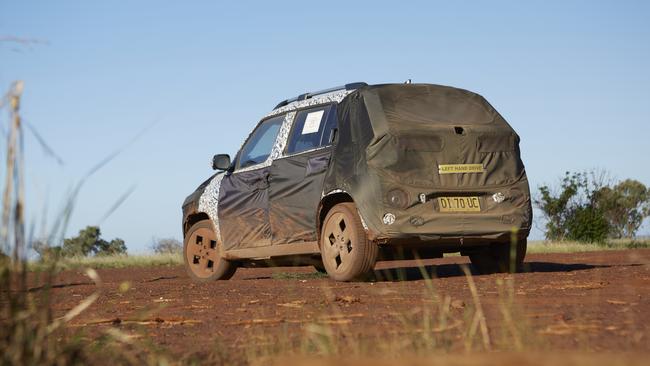
The Inster should feel fine in its natural environment.
But that’s not why it’s in Australia. We’re nowhere near a capital city and a long way from traffic lights.
The prototype is here to be punished in the sort of extremes it may possibly be exposed to during its future years on the road. It’s designed to be taken out of its comfort zone and fast-tracked through years of use.
Engineers would rather learn now that the car has issues, in turn giving time to address them prior to production.
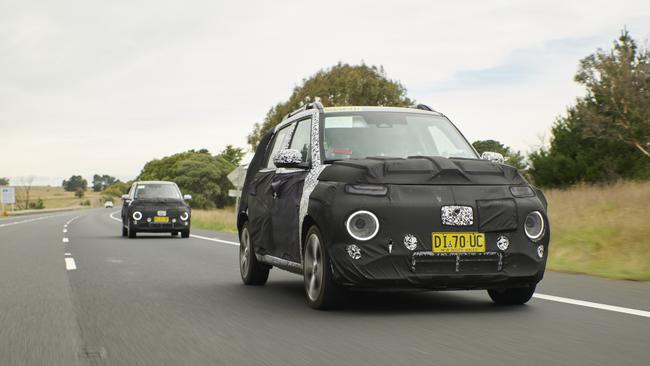
That’s why they’re searching for searing temperatures, although on the day we joined the program it’s perhaps not as fiery as they’d hoped.
But we’re only here for a snapshot of an extensive drive.
And there’s one area of the car those engineers are focused on for this Aussie trip: the electric motor and the batteries that power it.
The rest of the Inster prototype is not remotely representative of what we’ll experience in dealerships early in 2025.
I get that as soon as I swerve the wheel down the broad strip of bitumen typically reserved for aircraft.
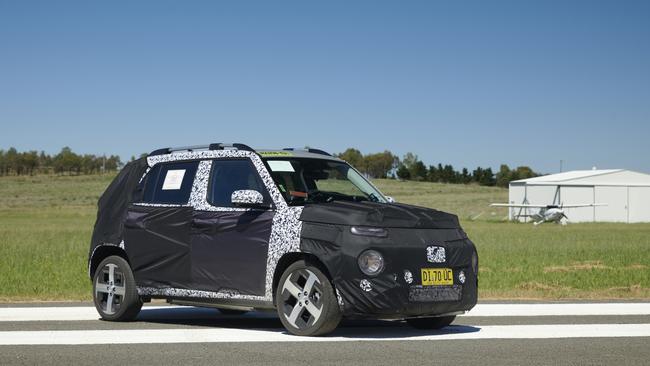
The body leans and lurches, the suspension not yet in its final controlled form.
That’s for another day and another test.
For now, the motor and 66kWh battery pack seem to be performing fine.
Which is how engineers will be hoping it stays when those immaculately presented production cars arrive next year.
All with have a small Australian influence designed to keep them on the road for longer.
Originally published as Hyundai’s mission to beat Chinese EVs




